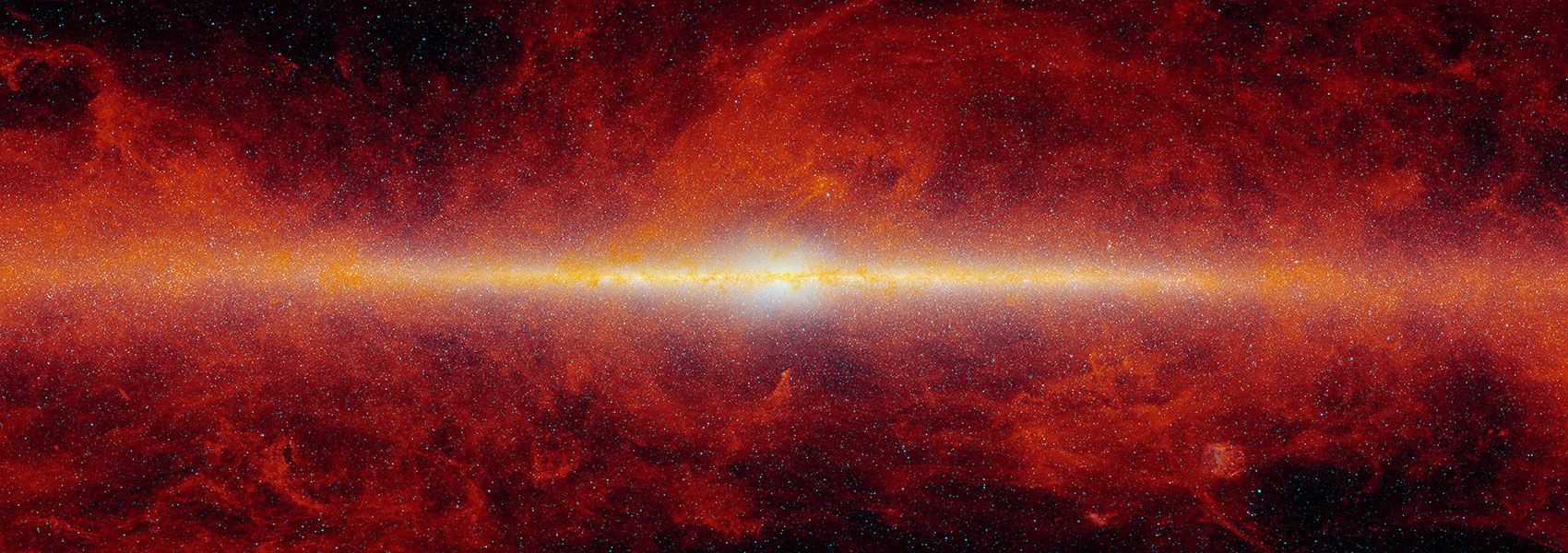September
2019
•
2019ApJ...882..168P
Authors
•
Pavesi, Riccardo
•
Riechers, Dominik A.
•
Faisst, Andreas L.
•
Stacey, Gordon J.
•
Capak, Peter L.
Abstract
•
Using the Very Large Array and ALMA, we have obtained CO(2-1), [C II], and [N II] line emission and multiple dust continuum measurements in a sample of “normal” galaxies at z = 5-6. We report the highest-redshift detection of low-J CO emission from a Lyman break galaxy, at z ∼ 5.7. The CO line luminosity implies a massive molecular gas reservoir of (1.3 ± 0.3)(α CO/4.5 M ⊙ (K km s-1 pc2)-1) × 1011 M ⊙, suggesting low star formation efficiency with a gas depletion timescale of order ∼1 Gyr. This efficiency is much lower than traditionally observed in z ≳ 5 starbursts, indicating that star-forming conditions in main-sequence galaxies at z ∼ 6 may be comparable to those of normal galaxies probed up to z ∼ 3 to date but with rising gas fractions across the entire redshift range. We also obtain a deep CO upper limit for a main-sequence galaxy at z ∼ 5.3 with an approximately three times lower star formation rate, perhaps implying a high α CO conversion factor, as typically found in low-metallicity galaxies. For a sample including both CO targets, we also find faint [N II] 205 μm emission relative to [C II] in all but the most IR-luminous “normal” galaxies at z = 5-6, implying more intense or harder radiation fields in the ionized gas relative to lower redshift. These radiation properties suggest that low metallicity may be common in typical ∼1010 M ⊙ galaxies at z = 5-6. While a fraction of main-sequence star formation in the first billion yr may take place in conditions not dissimilar to lower redshift, lower metallicity may affect the remainder of the population.
Links




